The Ripple Effect
-News and Commentary-
The War on the Fourth of July – How Trump’s Policies Are Rewriting Freedom
- Home
- News and Commentary
- The War on the Fourth of July – How Trump’s Policies Are Rewriting Freedom
Share On Social
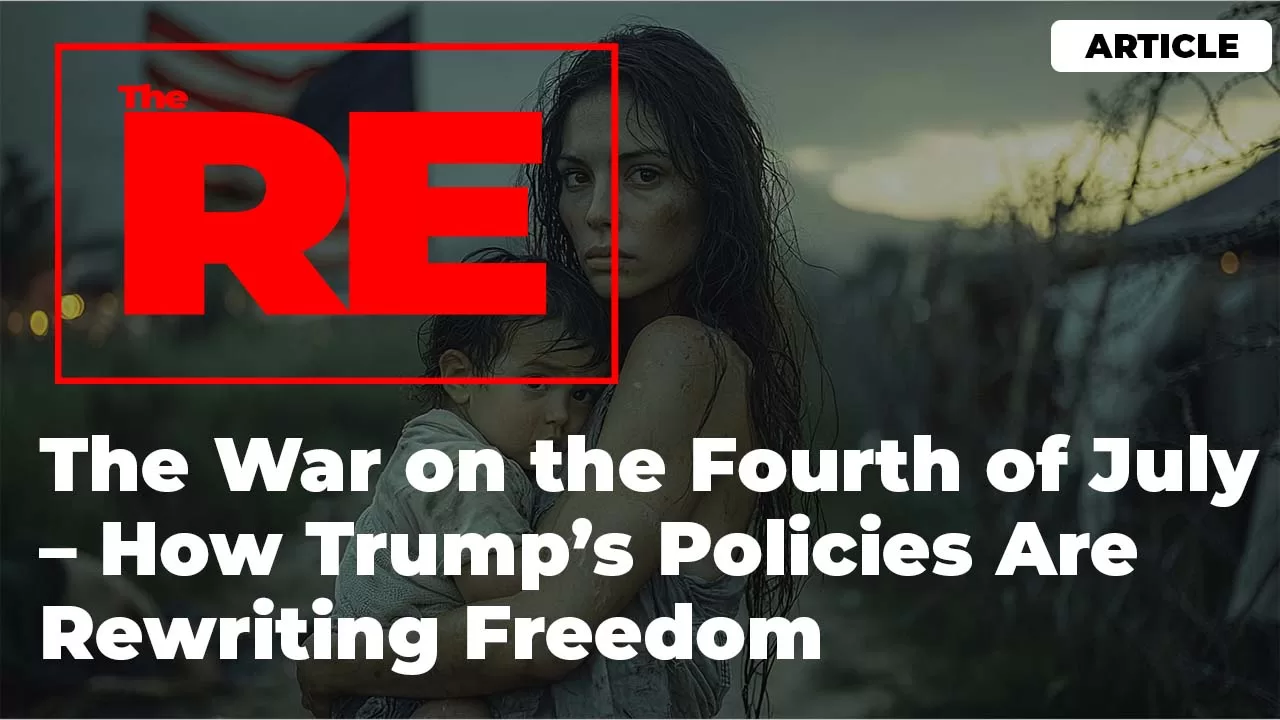
Today in The Ripple Effect, we are discussing a war that isn’t fought with bombs or bullets, but with paperwork, executive orders, and press conferences dressed in patriotism. It’s not overseas, it’s right here, disguised behind flags and fireworks, happening while most of the country is too distracted to see it.
Every year, the Fourth of July rolls in like clockwork; we fire up grills, light up the sky, and sing about freedom, meanwhile, the government quietly signs off on new laws that target the very people who still have to fight for a place in that freedom. This year, it’s immigrants again. In April, Donald Trump laid out a fresh batch of policies aimed at fast-tracking deportations, limiting asylum protections, and expanding detention infrastructure. The justification, as always, is safety; security; American values. But we’ve heard that language before different decade, different group, same playbook. Back in the early 1900s, Black Americans were lynched for succeeding, locked out of land ownership, and written out of the legal system entirely. They were citizens in name but treated like strangers in their own country. And now, we’re watching it happen again; this time, it’s Latin Americans and asylum seekers. The system is using the same fear tactics, the same language, the same machinery; just with a new target.
This article draws the line from then to now, connecting what’s happening at the border to what’s been happening inside America for centuries. This is not a new crisis, it’s a repeat. We’re going to unpack how these new policies mirror the tactics used to suppress Black mobility during Jim Crow, how freedom in this country has always come with conditions, and how quickly the definition of “outsider” can change when power decides it’s time. Because let’s be honest if Trump could find a way to repackage that same strategy and aim it at Black folks again, he would. That’s not paranoia. That’s historical consistency.
Let’s start with what’s actually happening. Trump’s platform for immigration going into this election cycle is built on detention, restriction, and speed. That’s the formula. His plan includes mass deportations without court review, shutting down the asylum process as we know it, and expanding the use of military and local police to round up undocumented people. It’s not just a pivot from Biden, it’s a full return to the harshest elements of Trump’s first term, but supercharged. What’s different now is how normalized it’s all become. Back in 2016, people still had the energy to be shocked. In 2024, after years of constant chaos, it’s just one more headline. That’s what makes it more dangerous. The outrage fatigue is real, and the system knows it.
But this isn’t just about policy. It’s about positioning. The idea is to make immigrants, especially poor, Latin American immigrants look like a threat to American stability. Trump’s rhetoric isn’t subtle; it’s not meant to be. It’s designed to divide. He uses phrases like “invasion,” “flood,” and “disease,” which trigger panic, not logic. He paints these people as the reason everything is expensive, unsafe, and unstable. And it works. It always has. Back in the early 20th century, Black Americans were framed the same way as threats to jobs, to purity, to the moral fabric of the nation. Entire towns were burned to the ground over rumors. Laws were built around that fear. And now, the same type of language is being recycled and pointed at a new group.
There’s also the matter of infrastructure because this isn’t just about executive orders. It’s about what kind of country you’re building when no one’s paying attention. Detention centers didn’t just appear under Trump. They’ve been expanding for decades under both parties. The difference is, Trump’s unapologetic about it. He doesn’t pretend it’s temporary. He treats it like a permanent feature of American governance. And if these policies take root the way they’re being planned, they won’t just affect undocumented folks trying to cross the border. They’ll reach into cities, schools, hospitals, and housing authorities. It won’t just be ICE. It’ll be local police. It’ll be landlords. It’ll be employers. That’s how suppression works it starts with borders, then seeps into every crack of daily life.
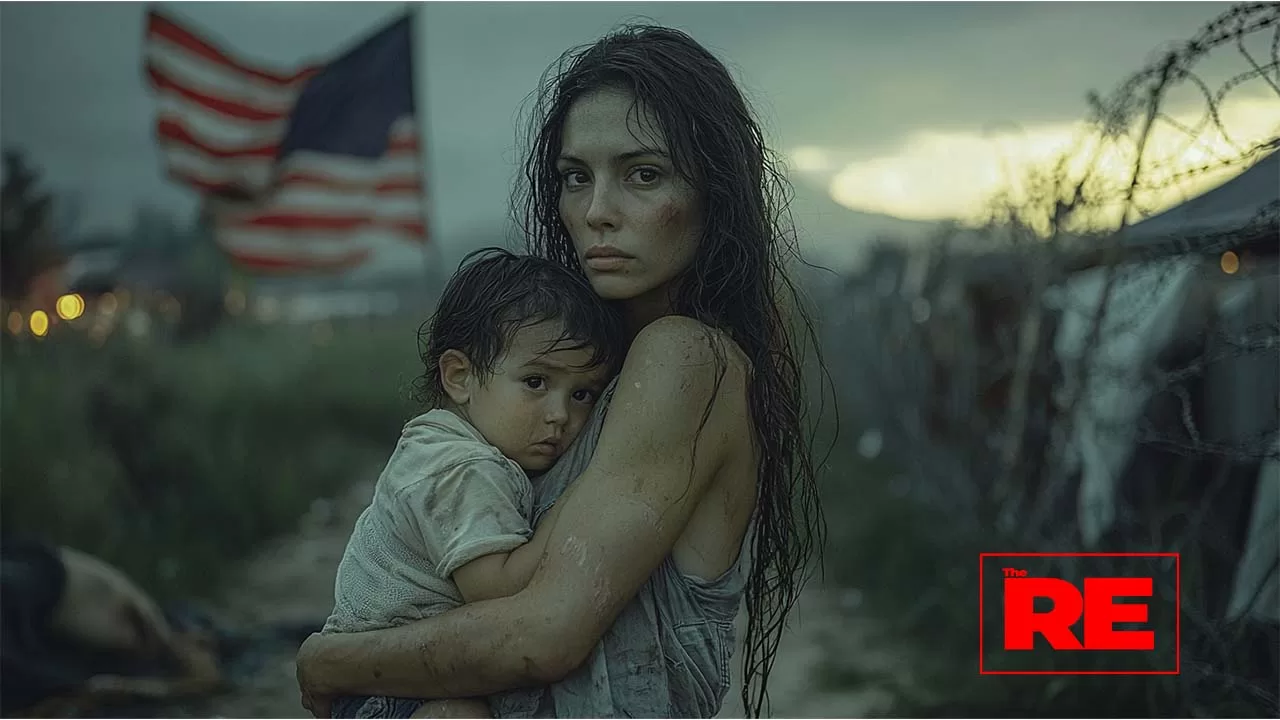
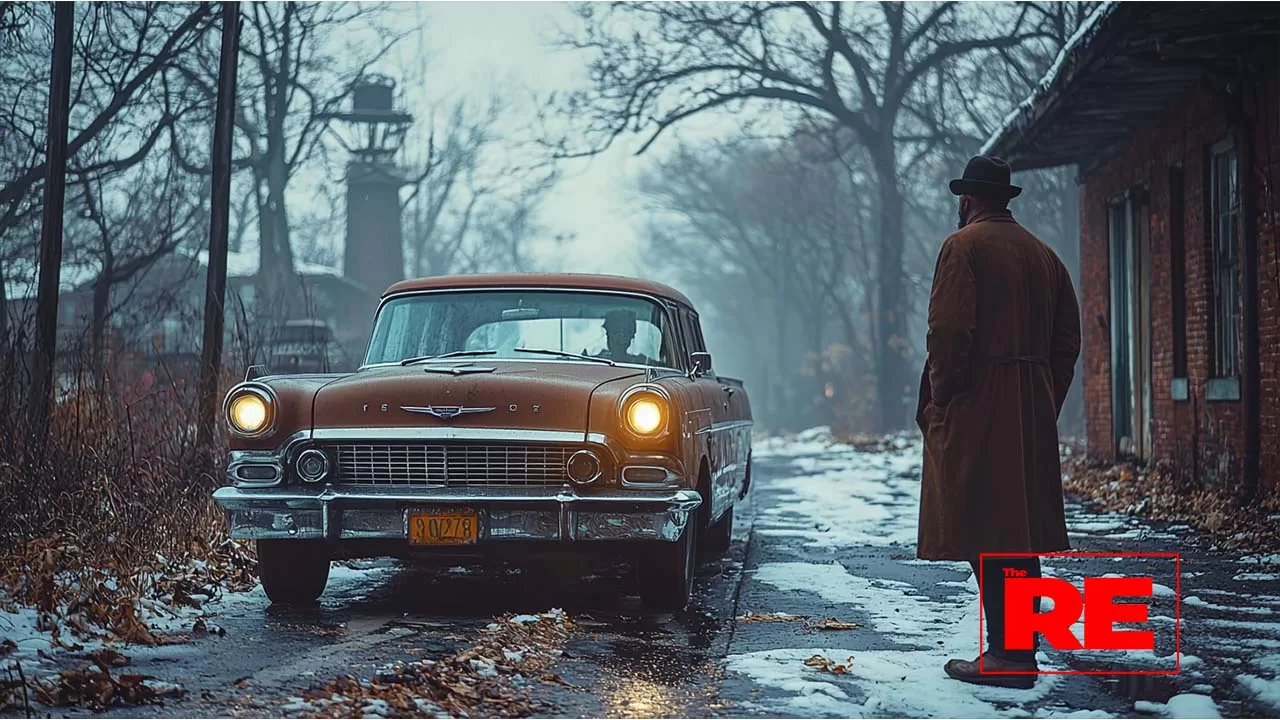
And the impact? It’s already happening. Families separated with no way to reunite. Legal residents afraid to renew paperwork. Kids in detention. Entire communities walking on eggshells because one wrong move means disappearance. And it doesn’t stop there. The psychological toll is generational. When you grow up in a country that teaches you your presence is conditional, that your freedom is borrowed, it shapes how you see everything school, work, home, yourself. The last time we saw this level of dehumanization institutionalized this aggressively, it was aimed at Black people. And we’re still dealing with the aftermath of that now.
This isn’t just about 2024. It’s about what kind of country America is building for 2030 and beyond. Who gets to live freely? Who has to justify their presence? And how long until that list of “outsiders” gets expanded again?
Here’s the part people don’t want to say out loud this isn’t just immigration policy; it’s a control experiment. It’s a way to test how far the system can push before the country pushes back. And right now, the answer seems to be: not very far. The media covers it like it’s just another political difference. Immigration reform. Border security. Public safety. But those aren’t policies; they’re camouflage. They’re language used to mask what’s really happening: an organized effort to shrink the definition of who gets to be safe, who gets to be free, and who gets to even be here at all.
Trump’s entire strategy isn’t just to arrest people; it’s to make people disappear. Quietly. Without headlines. Without trials. With no appeals. And the scariest part is how fast the public adapts. Every time the government normalizes something extreme, it becomes part of the background noise. First it was kids in cages, then it was family separation, then it was Title 42. Each one shocked people for a minute. Then it faded. Because distraction is part of the system too. Keep people entertained, outraged, overwhelmed. Keep the cycle moving. Keep the ripple small so nobody sees the wave until it hits them.
And look—if you’re Black in America, you already know how this script goes. You don’t need a civics class to know what happens when the state wants to erase you. You’ve lived it. You’ve seen the laws bend around your existence. You’ve watched the system act like your rights are a technicality. What’s happening to immigrants now? That’s a rerun. It’s Tulsa with cameras. It’s COINTELPRO with better branding. It’s the old game, just with a different accent.
What scares me most is this: if they ever figure out how to make it look clean again, they’ll come back for us too. If they can build an infrastructure where rounding people up is easy, where “undesirables” can be labeled algorithmically, where the public accepts it as routine, then it’s only a matter of time before that net gets wider. You think it’s just undocumented folks? Wait till it’s protestors. Or journalists. Or anyone who doesn’t “fit” the new narrative of what an
American should look like. That’s not fear-mongering. That’s how power works. That’s how America has always worked when nobody checks it.
And don’t give too much credit to the left either. Democrats love to campaign on inclusion, but when the budgets drop, those same “inclusive” leaders still fund ICE, still expand surveillance, still hand out government contracts to the same companies building cages. It’s not a red or blue issue, it’s a system issue. One party builds the machine. The other one keeps it running.
What makes this moment different is the stakes. This isn’t a symbolic debate. This is policy with real teeth, policy that tears apart families, instills generational trauma, and locks people out of life before they even get a chance to live it. And it’s happening in a country that loves to pretend it’s the land of the free. That’s the cruelty of it. Not just the violence, but the gaslighting. The fireworks and speeches while people sit in detention two miles from the stage. The flags waving while children cry in places they were never supposed to be. The illusion of freedom sold at full price while entire communities are told they don’t qualify.
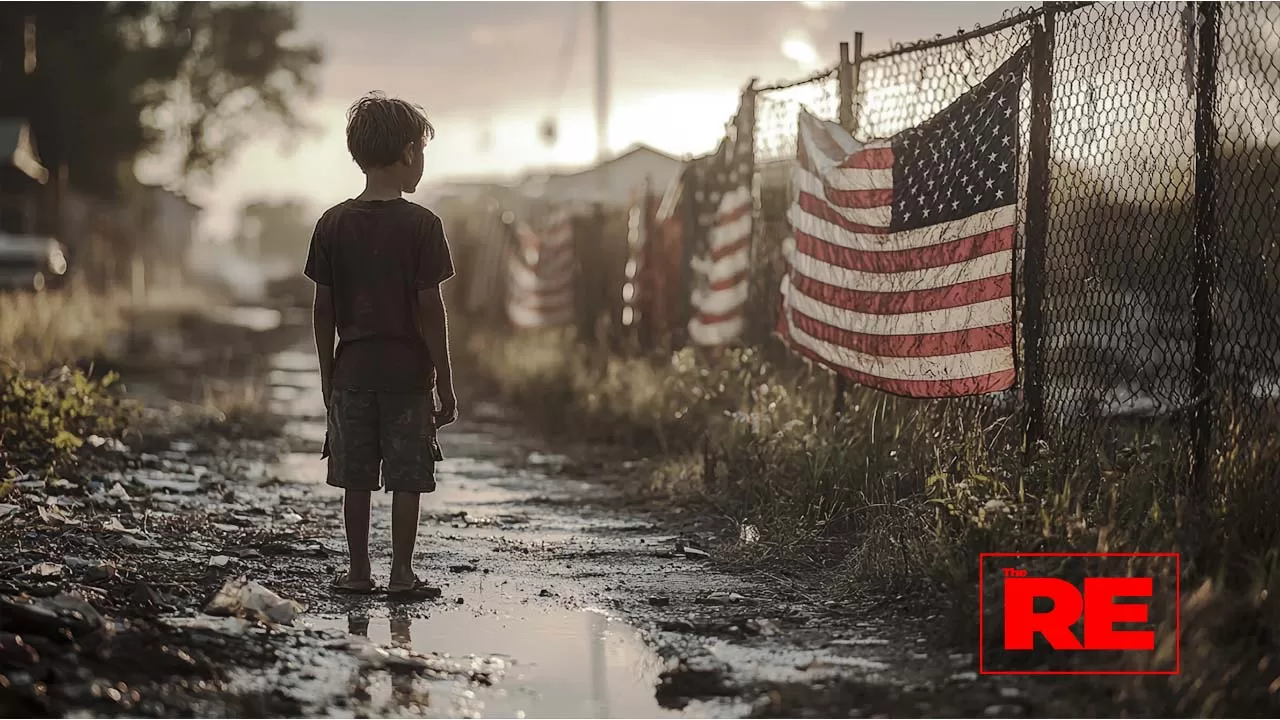
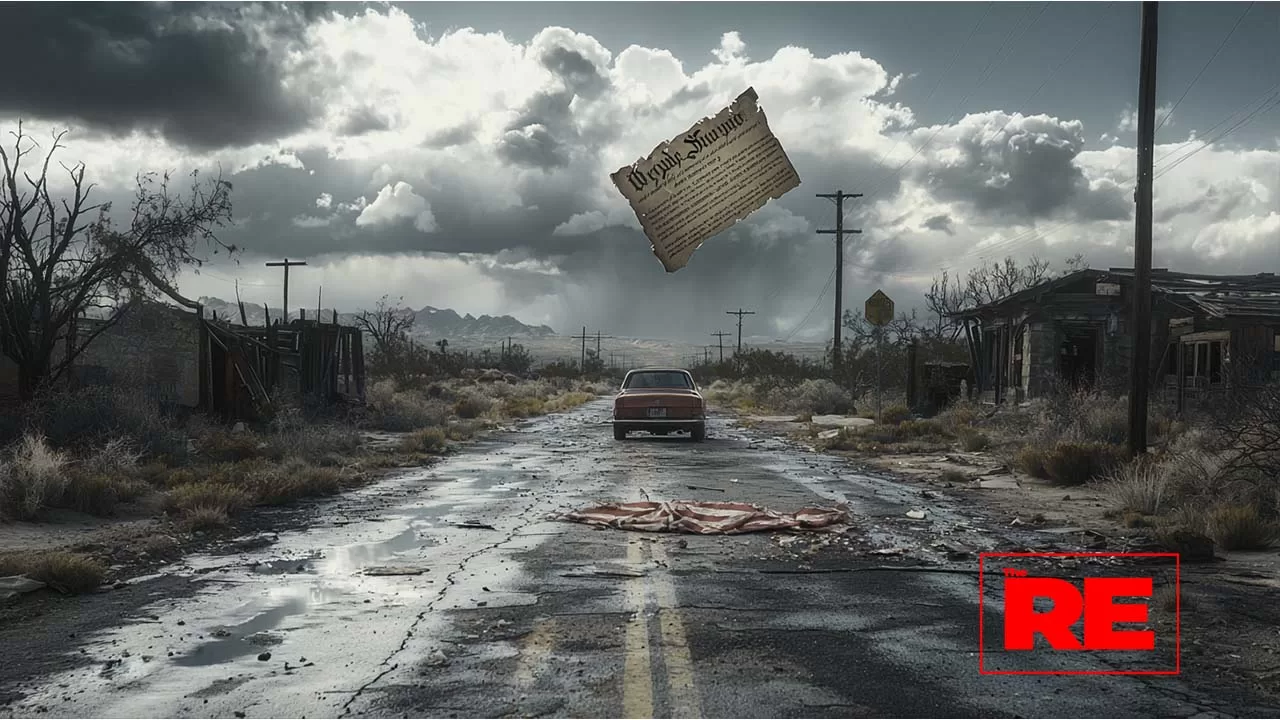
So here’s where we land—one more time, through the five W’s that matter most:
Who needs to care?
Anyone who thinks freedom is only real if it’s shared. Anyone who knows that today’s target could be tomorrow’s scapegoat.
What’s next?
If Trump wins, it’s not just about enforcing harsher immigration policy—it’s about redefining what America is. He’s laying groundwork, not finishing a chapter.
When will it matter again?
Every time you see a new face added to the list of “problems.” Every time a protest is criminalized. Every time a group is blamed for a system’s failure.
Where’s it headed?
A surveillance state built on silence and fear. A country that looks at freedom like a membership tier—basic, premium, exclusive.
Why is it bigger than it looks?
Because this isn’t just about immigrants. It’s about control. And once the machine is built, it doesn’t care who it rolls over next.

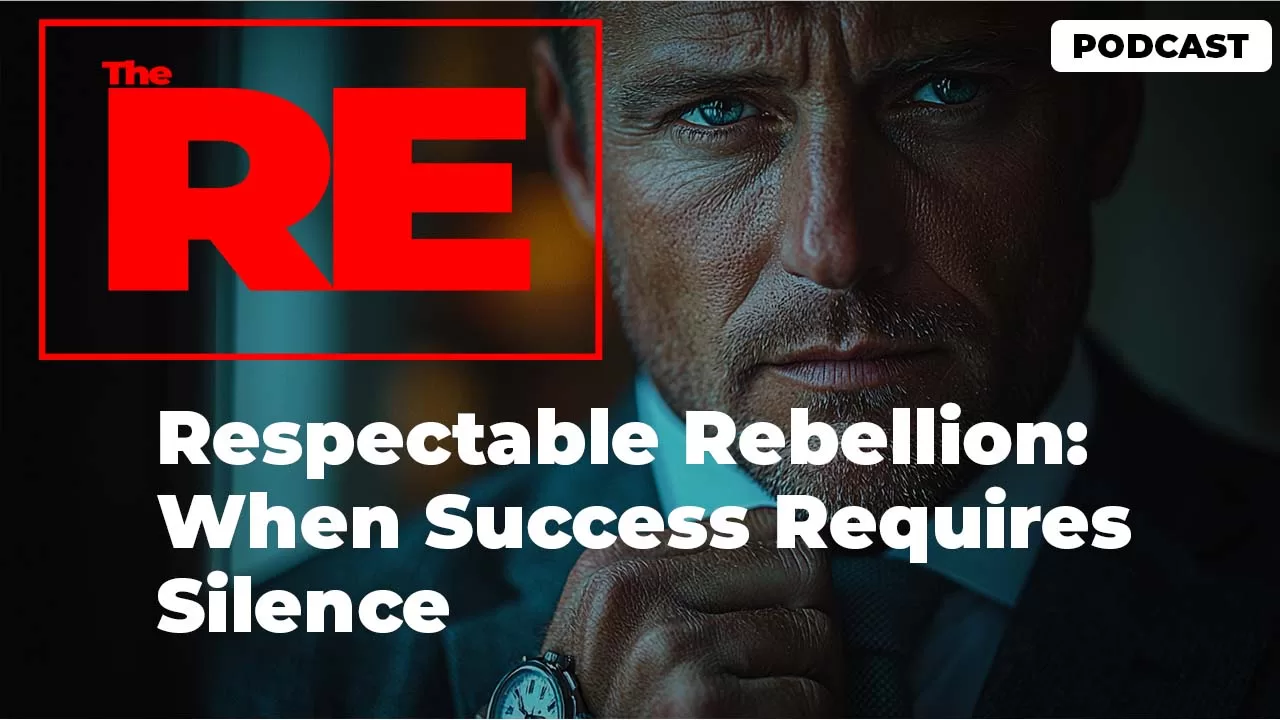
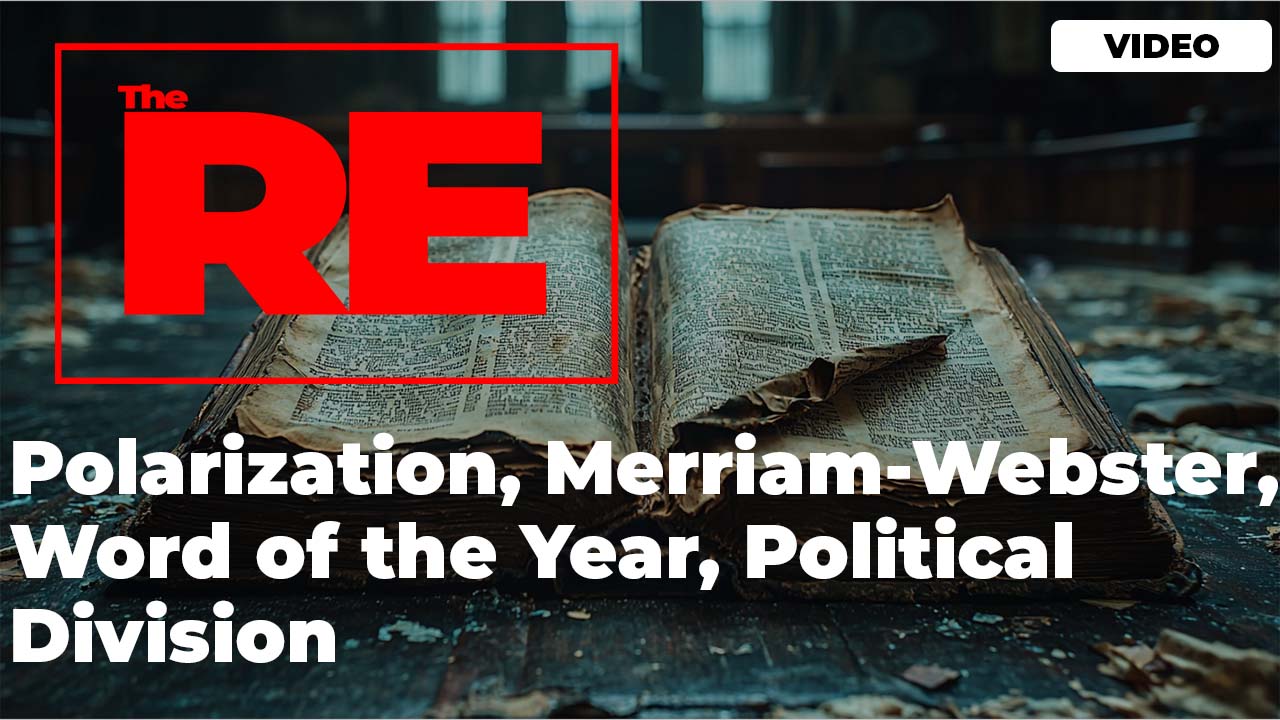
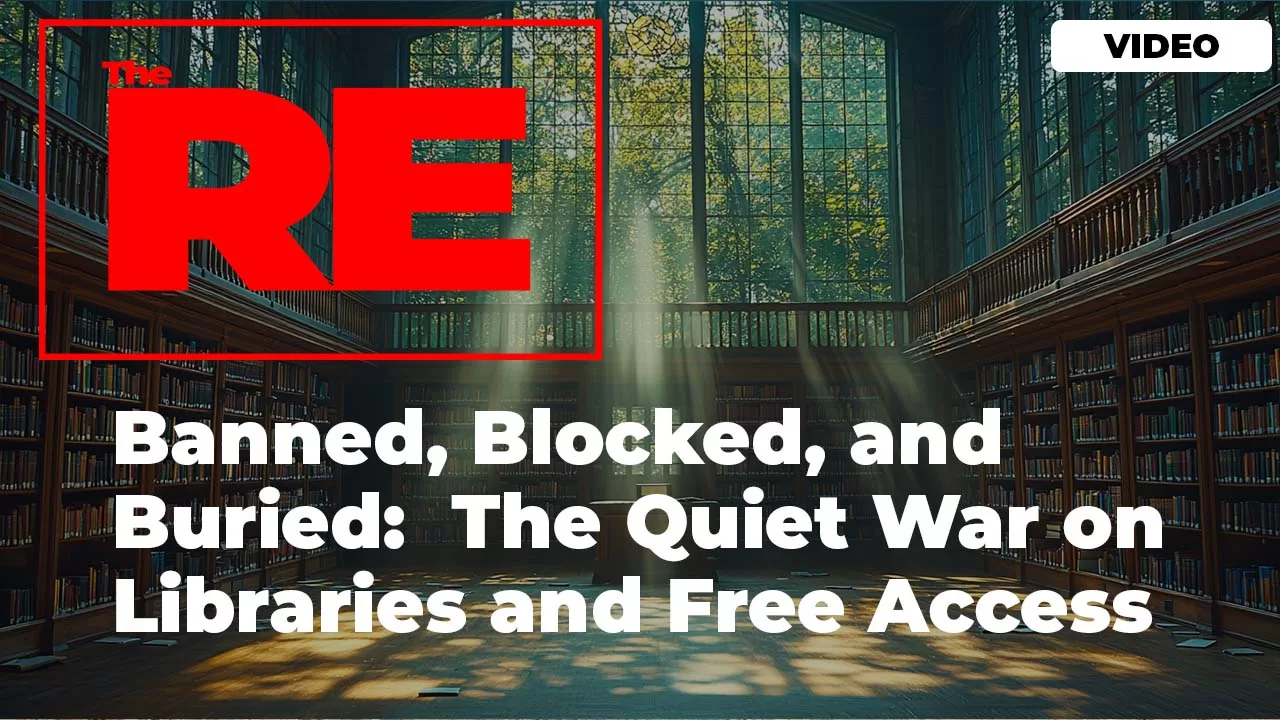

 and then
and then